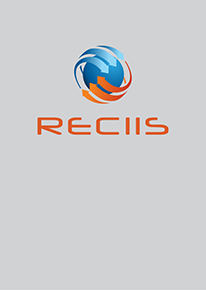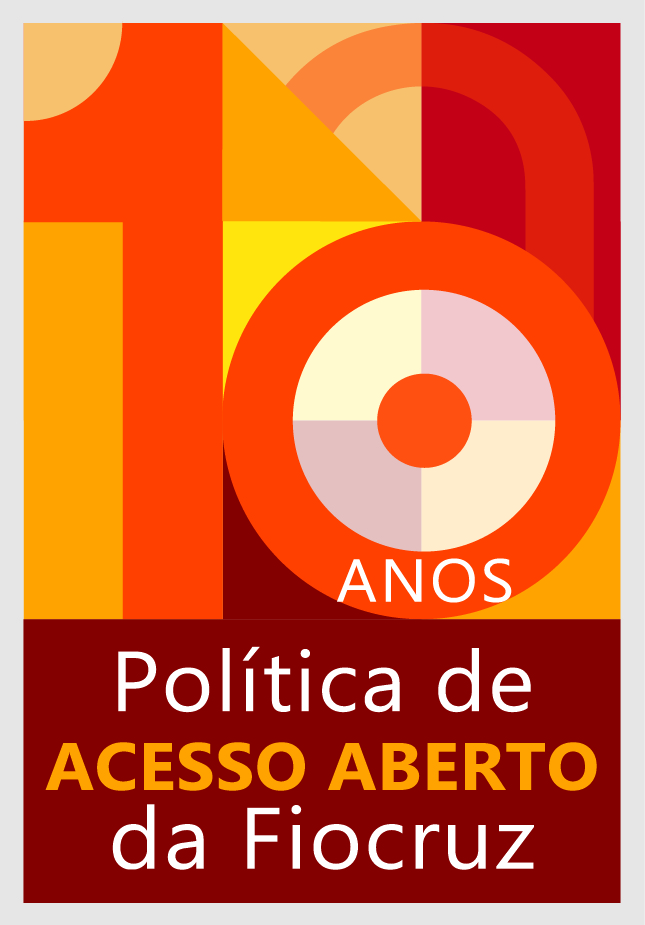Health Education capabilities Based on Virtual Reality
DOI:
https://doi.org/10.3395/reciis.v7i3.540Keywords:
Virtual Reality, Health Education, Information Systems, Virtual Environments, SimulatorsAbstract
The main goal of virtual reality is to create three-dimensional environments that users can explore and manipulate with the feeling of being immersed in realistic simulations. VR systems are mainly characterized by a high degree of realism in their simulation of real world experiences or even fictitious situations. Medicine and healthcare are benefiting from VR, especially the collaborative virtual environments for teaching various procedures that enable distance education as well as collaboration for remote users. In the context of health education, these systems exhibit some advantages over traditional teaching methods: lower cost for training students, decreased use of guinea pigs and anatomical specimens in laboratories and the possibility of more interactive teaching. Therefore, the aim of this study is to present and discuss the studies that have been performed to highlight the ongoing challenges related to the use of VR in the field of health education.Downloads
How to Cite
Issue
Section
License
Author’s rights: The author retains unrestricted rights over his work.
Rights to reuse: Reciis adopts the Creative Commons License, CC BY-NC non-commercial attribution according to the Policy on Open Access to Knowledge by Oswaldo Cruz Foundation. With this license, access, download, copy, print, share, reuse, and distribution of articles is allowed, provided that it is for non-commercial use and with source citation, granting proper authorship credits and reference to Reciis. In such cases, no permission is required from the authors or editors.
Rights of authors’s deposit / self-archiving: The authors are encouraged to deposit the published version, along with the link of their article in Reciis, in institutional repositories.












